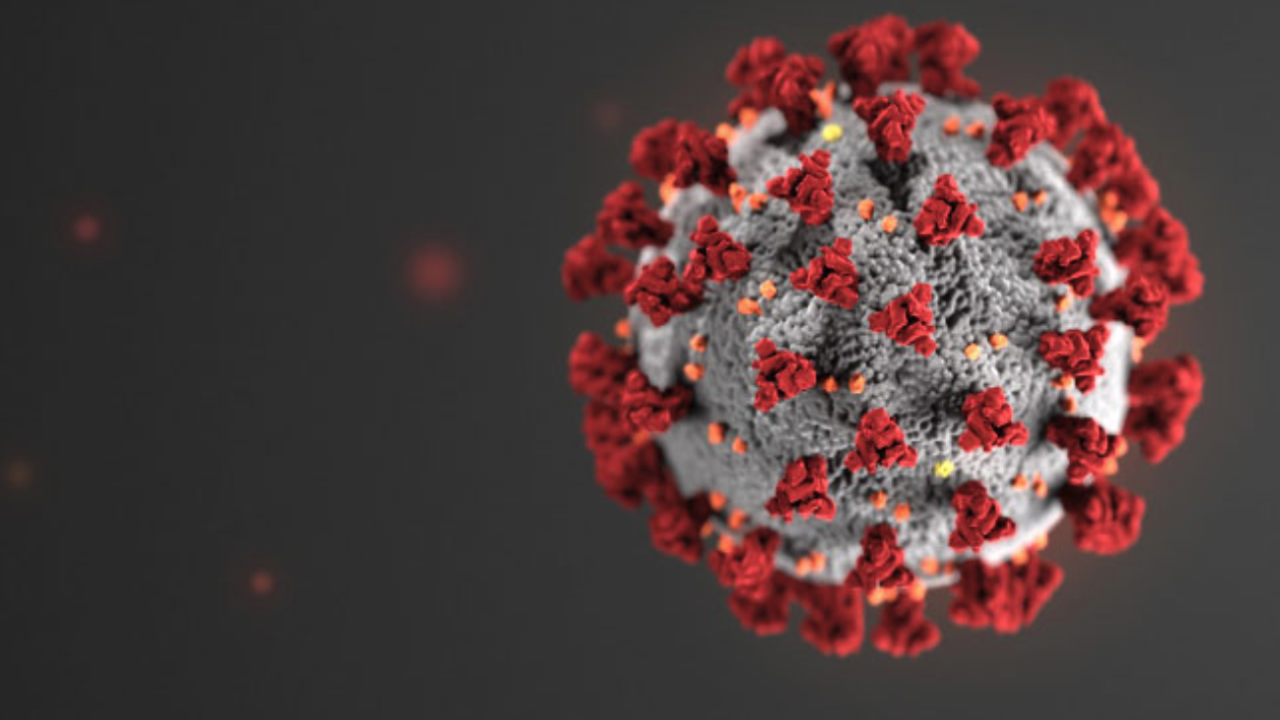SOUTHWEST FLORIDA — People in Southwest Florida are now encouraged to wear a mask inside, according to the CDC. New numbers from the agency shows Lee, Collier and Charlotte counties have high COVID-19 community levels.
Lee Health is seeing more sick people come into the hospital, though health leaders say it's not as bad compared to a few months ago.
"It doesn’t take much to tip over that transmission point honestly," said Stephanie Stovall, Lee Health's Chief Clinical Officer. "So we are seeing an increased number of cases increased transmission in our area."
The CDC determines community levels by the COVID hospital admissions and hospital capacity per 100,000. For a county to be in a high level, either number have to be 10 or over in its algorithm.
According to the CDC, Lee County's COVID admission rate is 11.3 while hospital capacity is 3.9-percent. Lee County saw 1,933 cases between June 2-9.
In Charlotte County, the hospital admission is well above the high-level threshold at 20.1, while hospital capacity is at 5-percent. In terms of cases, the county only saw 503 from June 2-9. However, that's a 24.81% change compared to a week ago.
Collier County has the same COVID admission and hospital capacity levels as Lee County. Though the county has the lowest case percentage change at just 2.5-percent.
Stovall says Lee Health is seeing about 60-70 COVID patients now.
"So we’re not working in a crisis mode at this point, but we obviously are worried about our community members," she said. "We are worried about those that are at high risk of severe disease."
She believes cases could be higher than what's on paper. That's because some people may not get tested if they only have mild symptoms and know they're positive, or they take an at-home test.
So why are we seeing a rise in cases now?
"At this point, I think it’s more about behavior, more about that ability of the disease to transmit before someone even knows that they’re sick and we don’t have those other protective measures in place," Stovall explained.
She adds people are less likely now to wear masks and take other safety measures to slow the spread, what many call COVID fatigue.
When a county is considered high level, the CDC recommends wearing a mask inside, whether you're vaccinated or not. If you are immunocompromised, avoid non-essential indoor activities, have a plan for rapid testing and talk to your healthcare provider about whether you are a candidate for treatments like oral antivirals, PrEP and monoclonal antibodies.
"We kind of expected this was going to happen, especially the closer we get to summer when everyone wants to do stuff and they feel like they’re finally out of the gate after two years," Stovall said.
Two years into the pandemic with an unclear map of what the future holds.
"I don’t think we really know what the how looks like," Stovall said. "I think that immunity is going to be the key where we’ll stop seeing pockets of individuals with high rates of transmission and high levels of disease."





